Articles containing: parenting
Chasing Sunshine: Teen Loneliness and Tips for Beating the Summer Blues
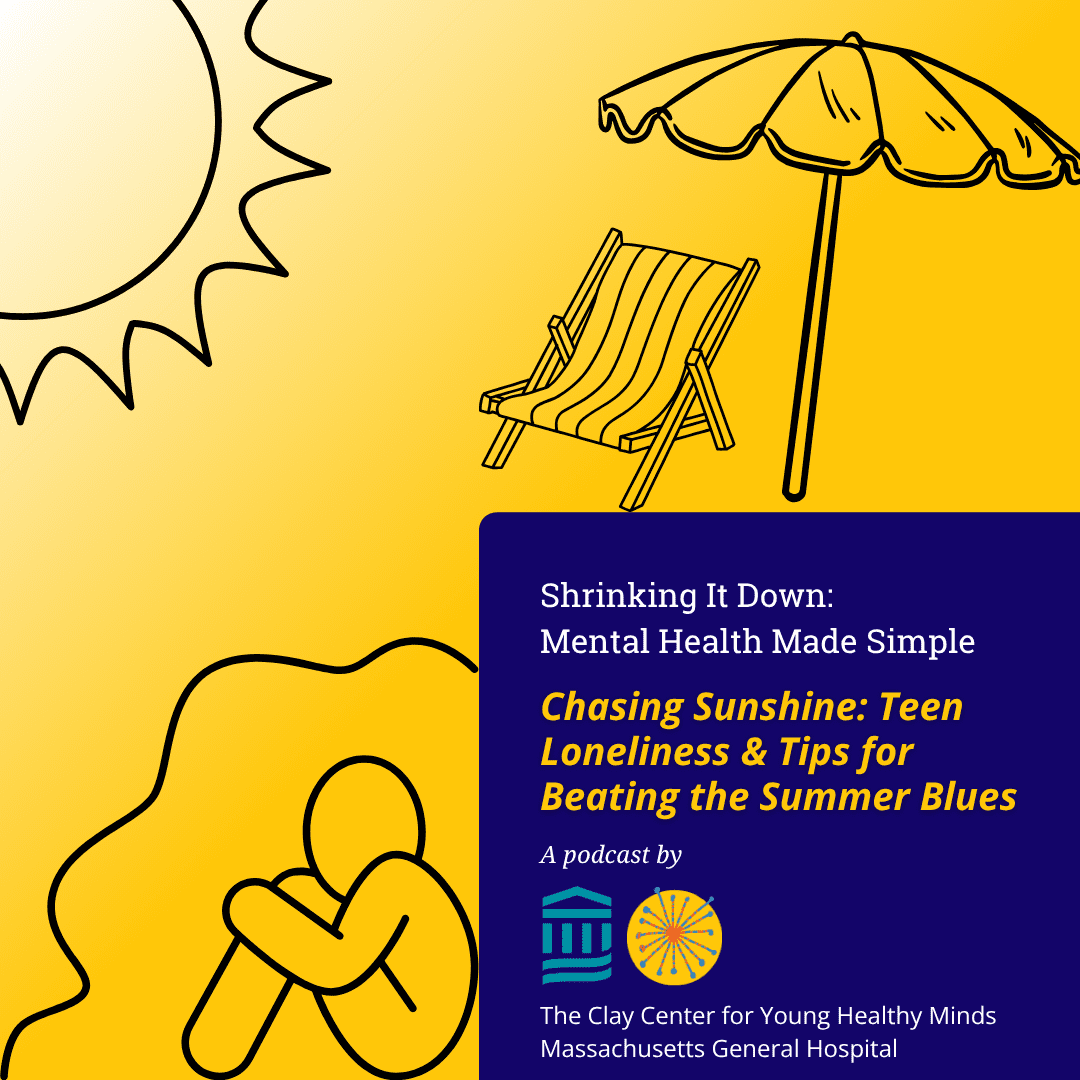
While the summer is usually painted as time of fun, freedom, and relaxation, for many teens it can feel like the exact opposite — disconnected, isolating, and emotionally heavy. Without the daily structure of school or regular peer interaction, teens can find themselves feeling invisible, left out, or unsure of where they belong.
这不是负担:如何与您的亚裔孩子谈论心理健康
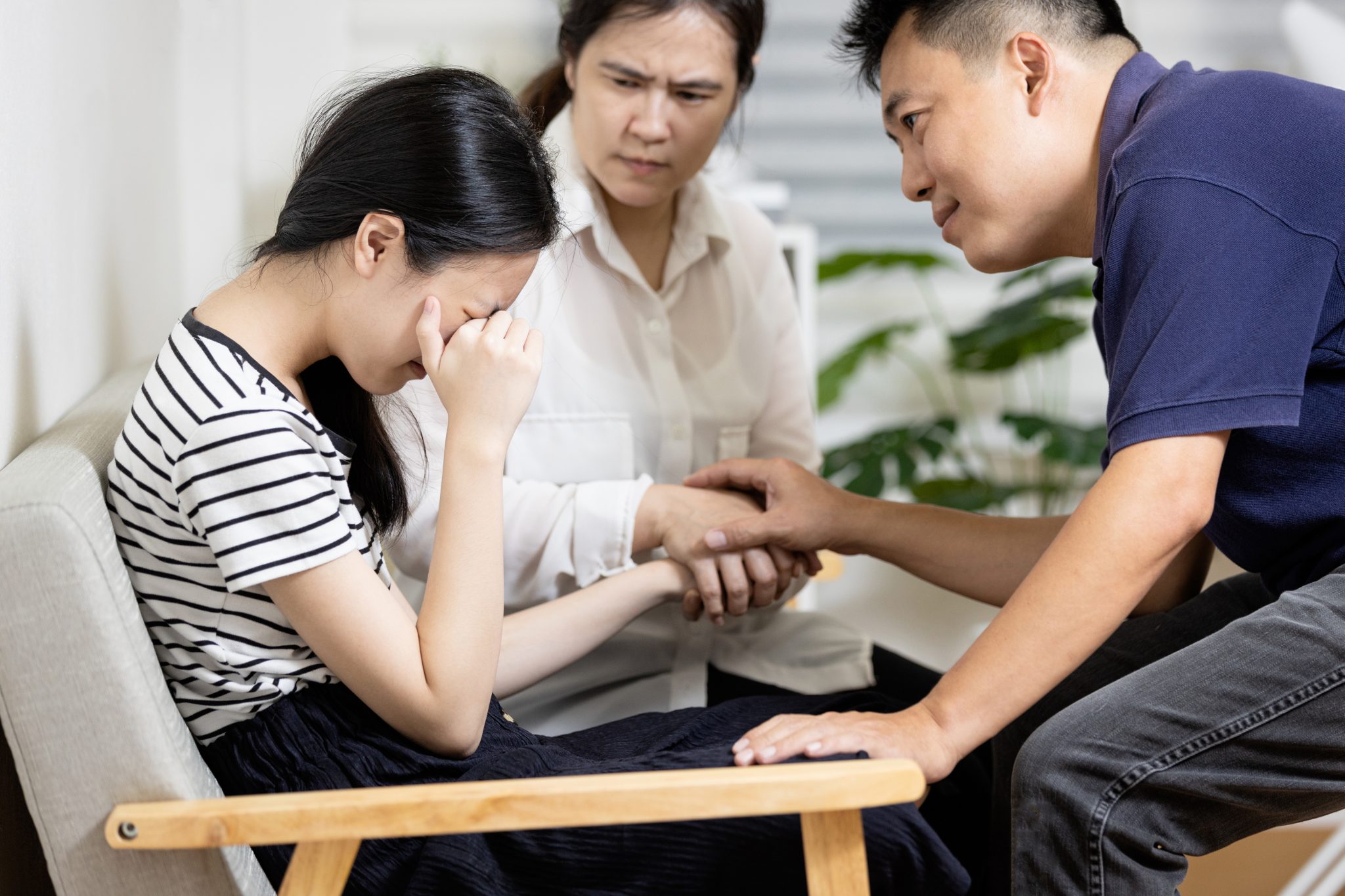
This article is also available in English
“你听说小敏的女儿在看心理医生了吗?”
“我听说阮家朋友的正在读高中的儿子试图自杀。”
“那家人有心理问题。”
近年来,您可能听到社区中有人低声议论青少年日益严重的心理健康危机。
您并不居少数。�
It’s Not a Burden: Talking with Your Asian Child About Mental Health

This article is also available in Chinese
“Did you hear that Xiaomian’s daughter is seeing a therapist?”
“I heard the son of the Nguyens’ family friend tried to overdose at his high school.
More than Just a Picky Eater – ARFID
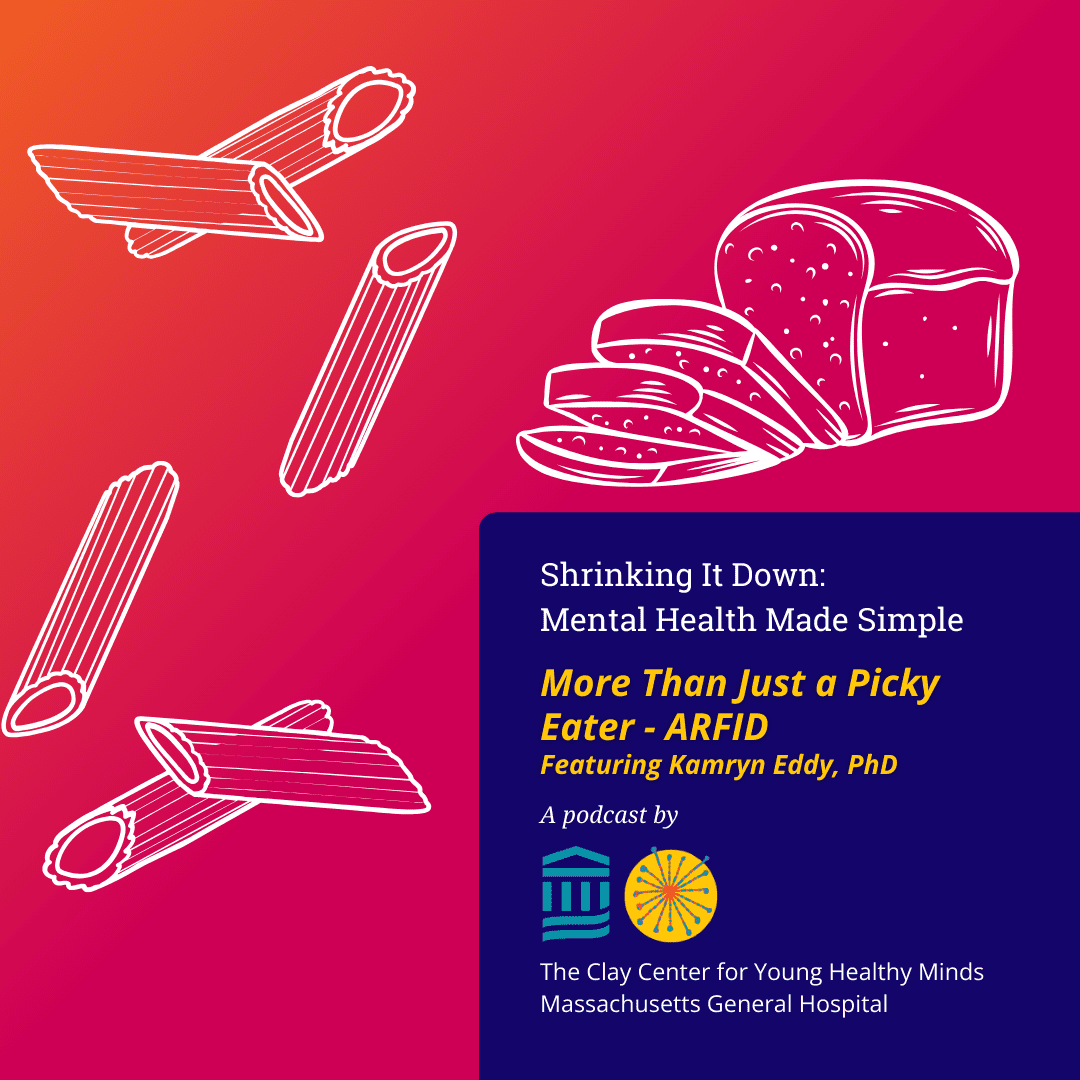
Almost everyone knows a picky eater, either from their own childhood or from their child’s experiences. But sometimes picky eating goes beyond a simple preference for plain pasta.
In this episode of Shrinking it Down: Mental Health Made Simple, Gene and Khadijah sit down with Dr.
Talking With Your Kids About the Current Chaos

Our kids of all ages are hearing about the current dangers in society on TV, radio, and digital media. They along with parents and caregivers are scared. And for good reason.
Among the present threats include: fears about the economy, access to healthcare, drastic reductions in medical research, war, social outrage, and political unrest.
Teen Nicotine Use
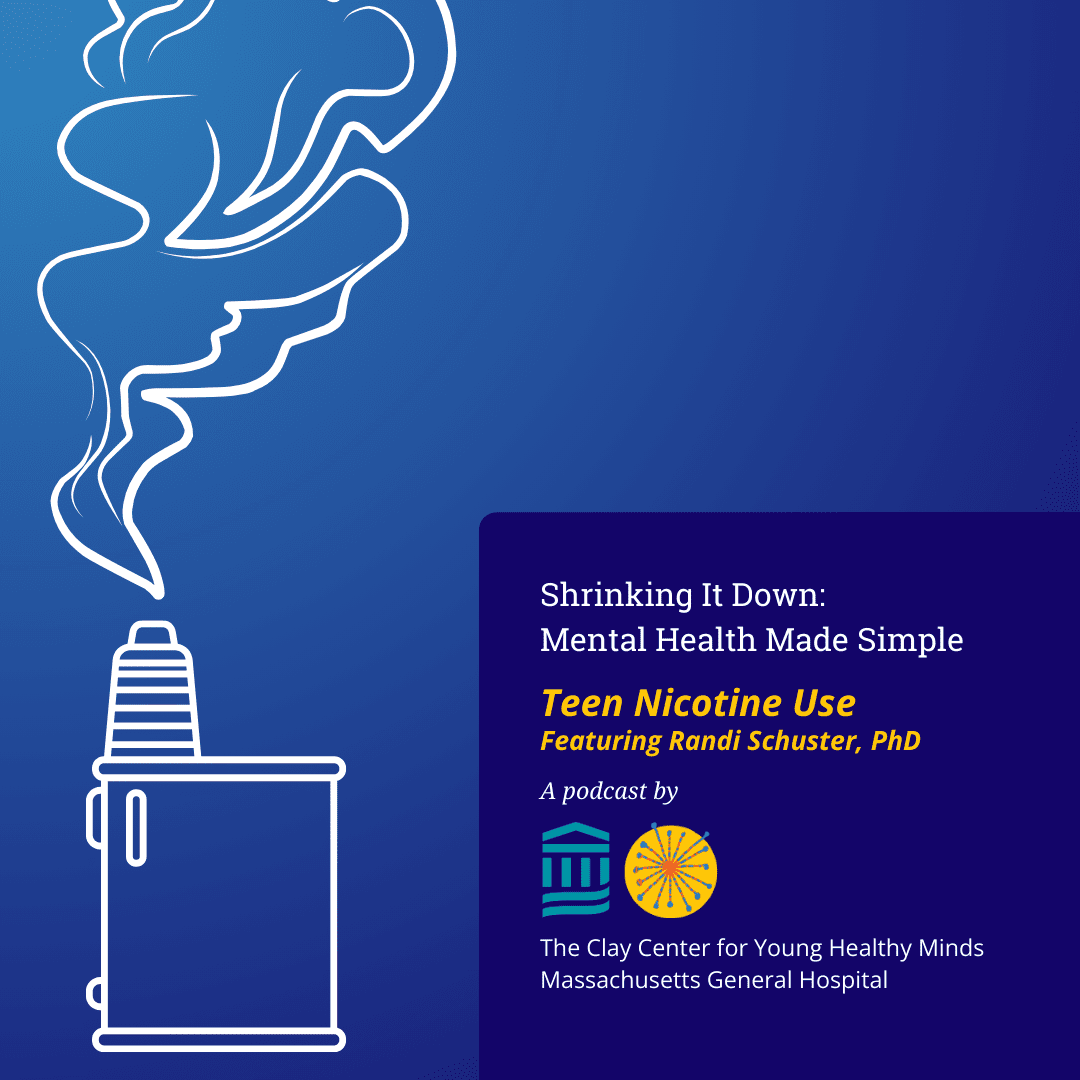
In 2024, the CDC reported that 1 in 29 middle school and 1 in 13 high school students vaped in the past month. This statistic is especially troubling, given that 9 in 10 adults who smoke daily first tried smoking by the age of 18.
In this episode of Shrinking it Down, Dr.
Addressing Your Family’s Anxieties about the California Wildfires
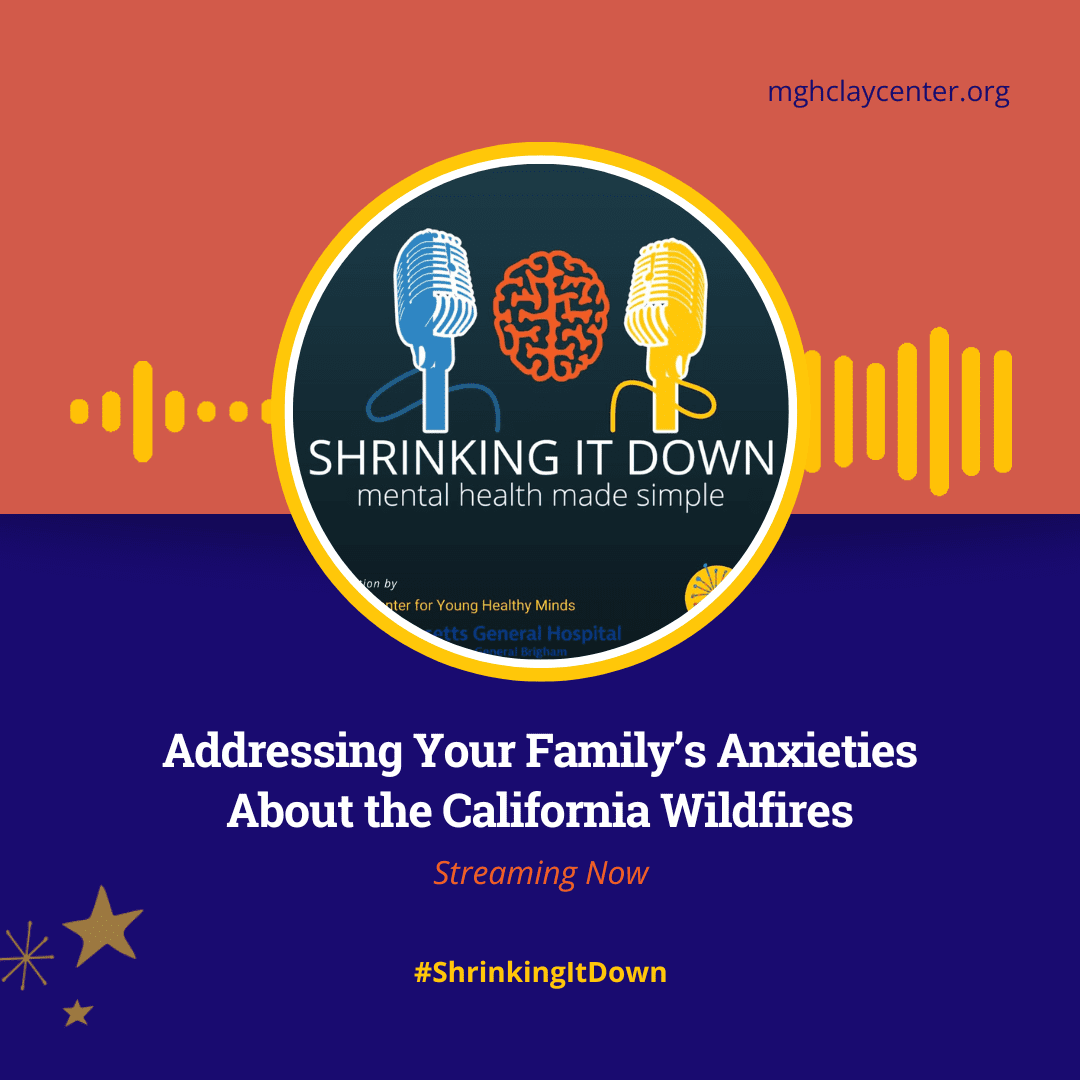
The Palisades Fire has been devastating California since the start of the year, destroying over 23,000 acres and nearly 5,000 structures.
Parents Under Pressure: A Response to the Recent U.S. Surgeon General’s Advisory on the Mental Health
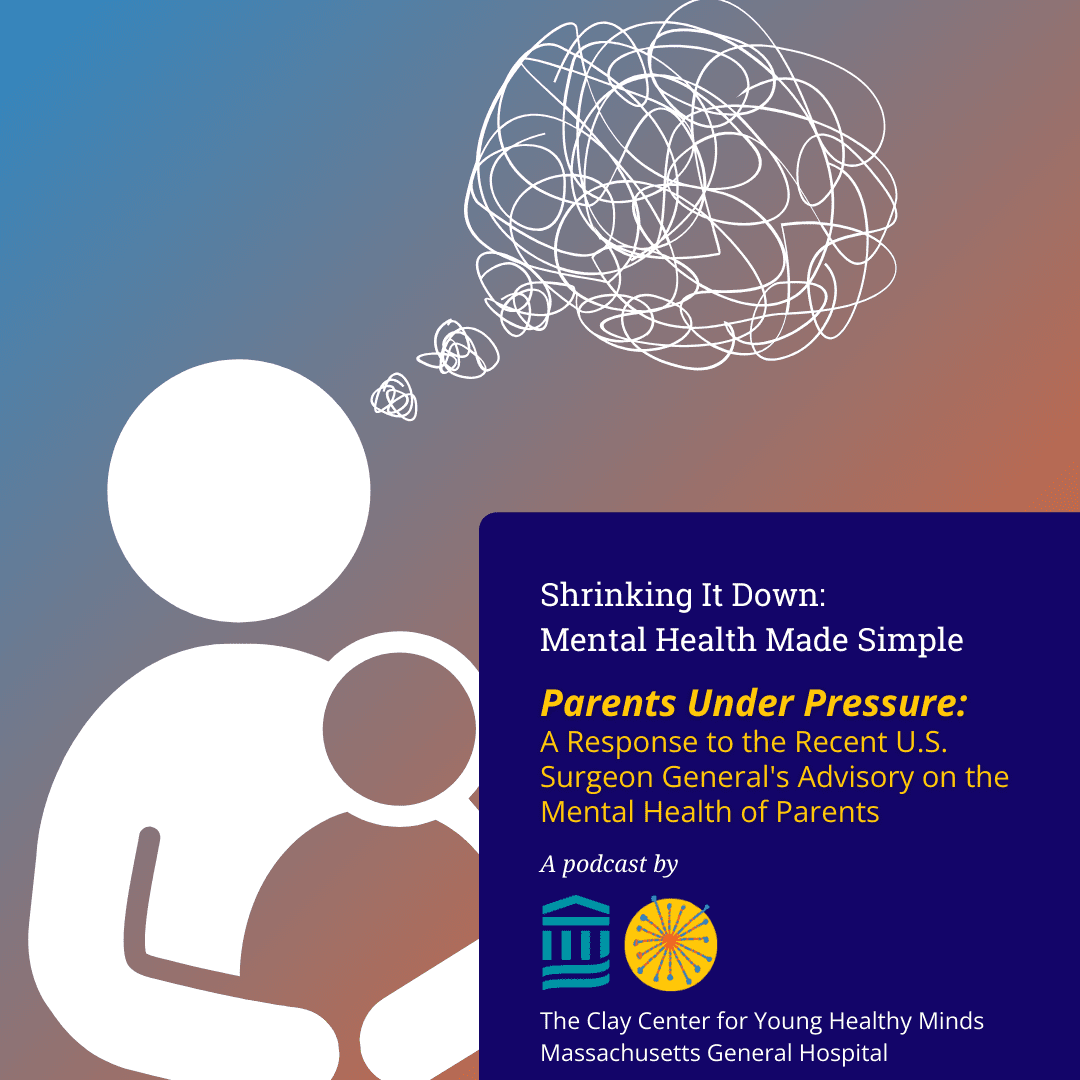
In the recent Advisory, Parents Under Pressure, the US Surgeon General noted that parents are currently more stressed, burned out, and lonely than ever before. The alarming statistics are not all that different than his Advisories on the Youth Mental Health and Loneliness Epidemics that have been escalating since the late 1970s.
Supporting Youth in a World Riddled by Conflict
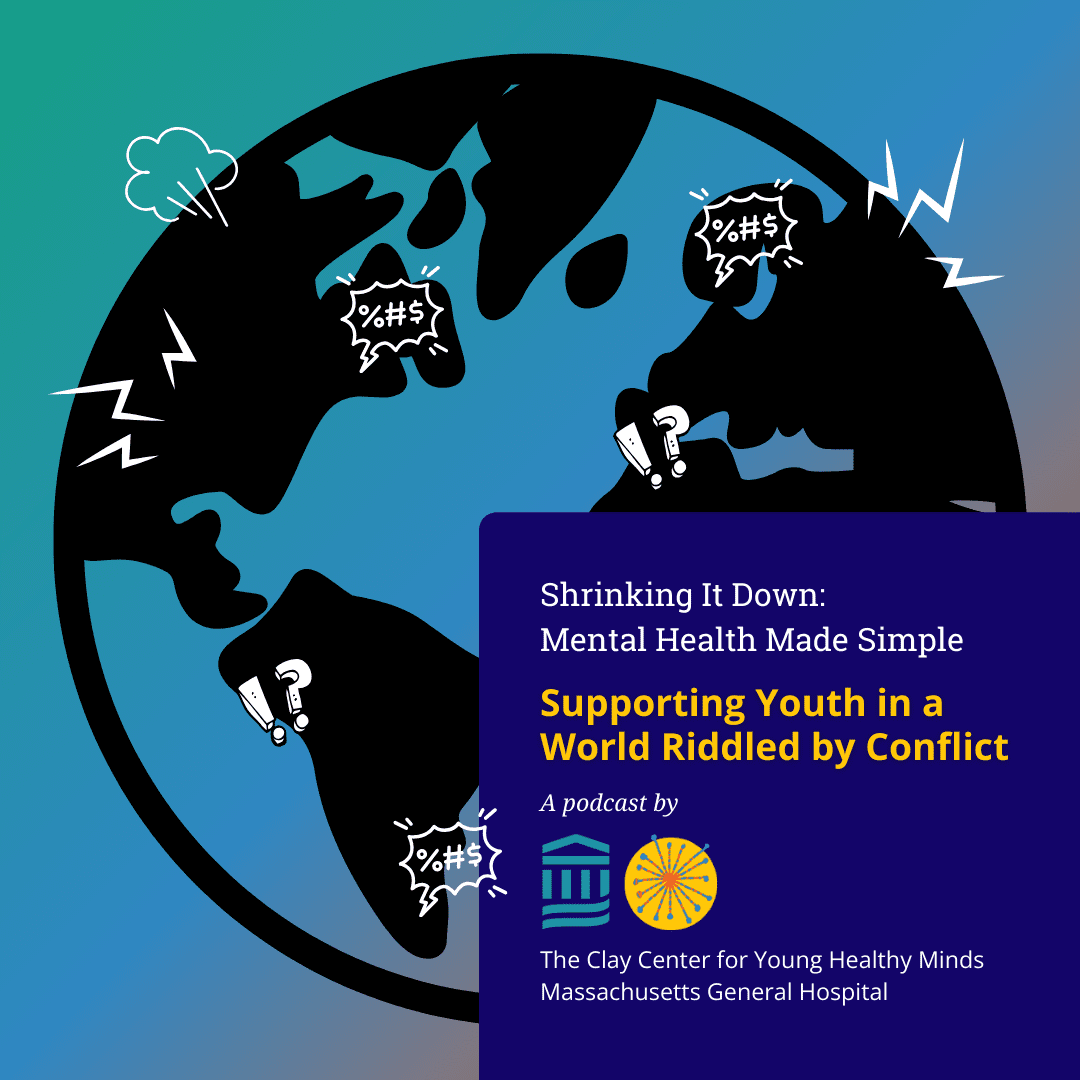
Let’s be honest, we’re all stressed.
We’re stressed about climate change, world crises, the upcoming election, or even just the common stressors of everyday life: economic pressures, relationship issues, burnout, you name it. So, with all stress, our conversations can easily become more uncivilized.
Navigating Special Education in Schools Part 2: Working with the Team and Your Child

This is the first blog post in a two-part series on navigating special education in schools. The focus of this first post is on general legal and practical tips for parents. The second post focuses on working with the IEP and your child.



